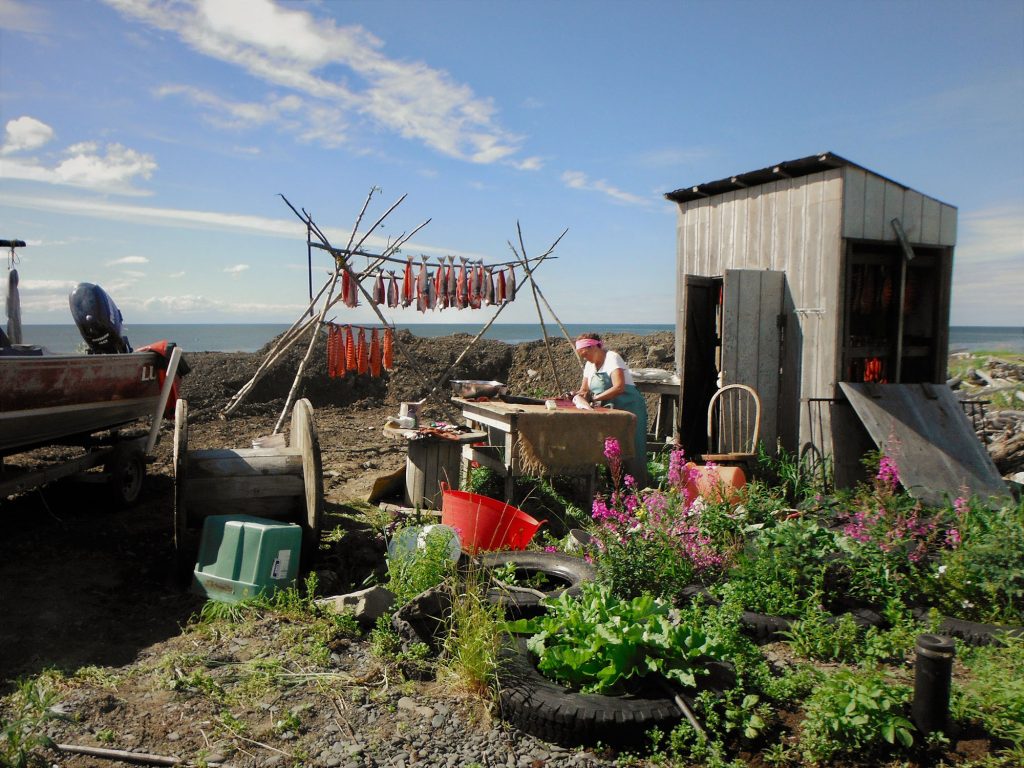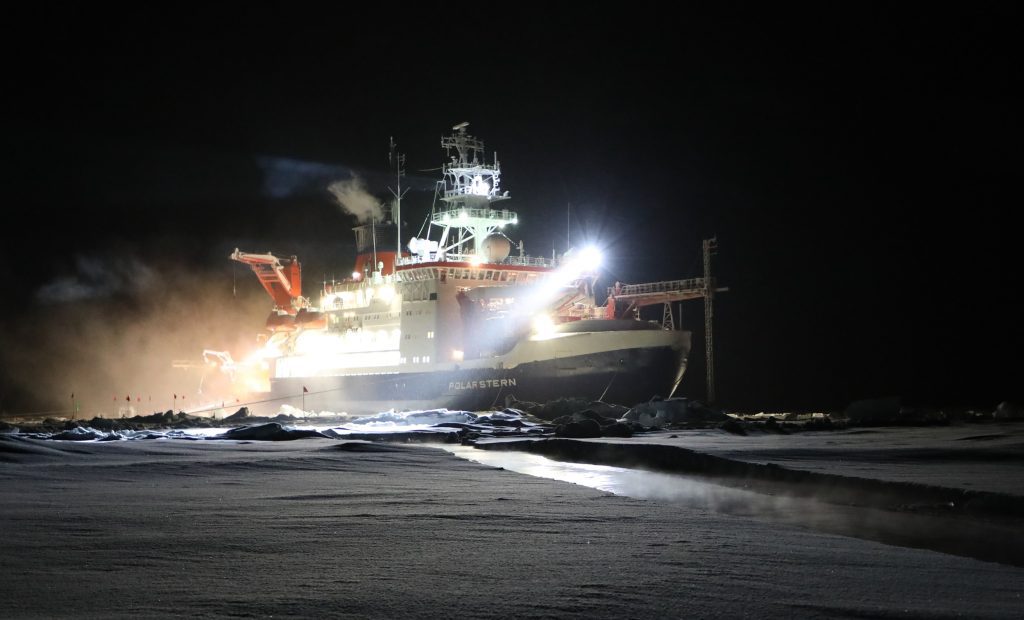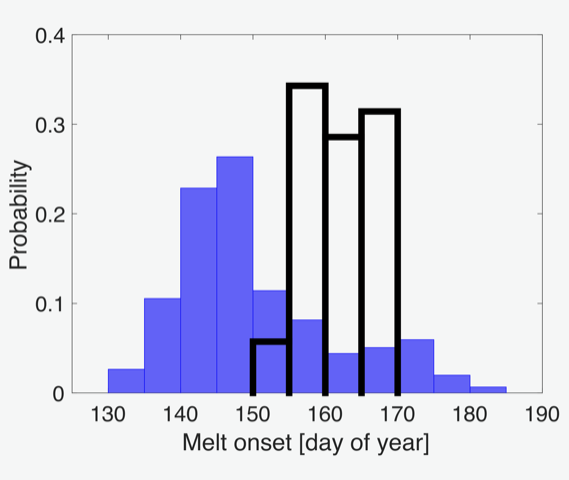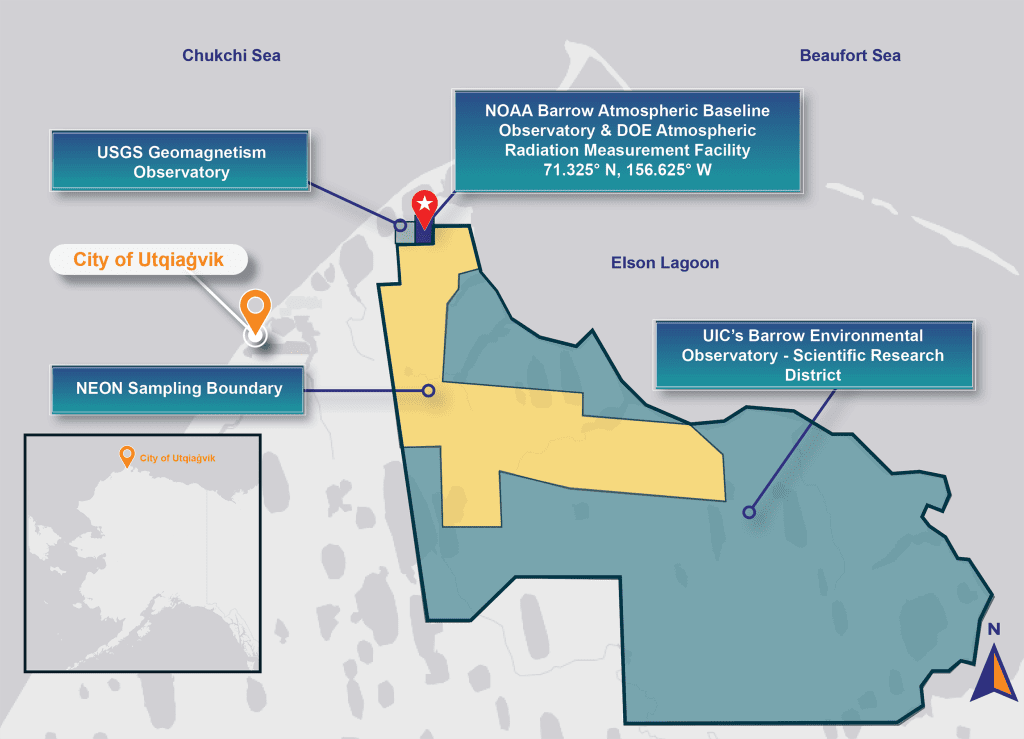The Impact of COVID-19 on Food Access for Alaska Natives in 2020
The COVID-19 pandemic has exacerbated existing challenges for Alaska Natives in accessing traditional and store-bought foods.
The Impact of COVID-19 on Food Access for Alaska Natives in 2020 Read More »









